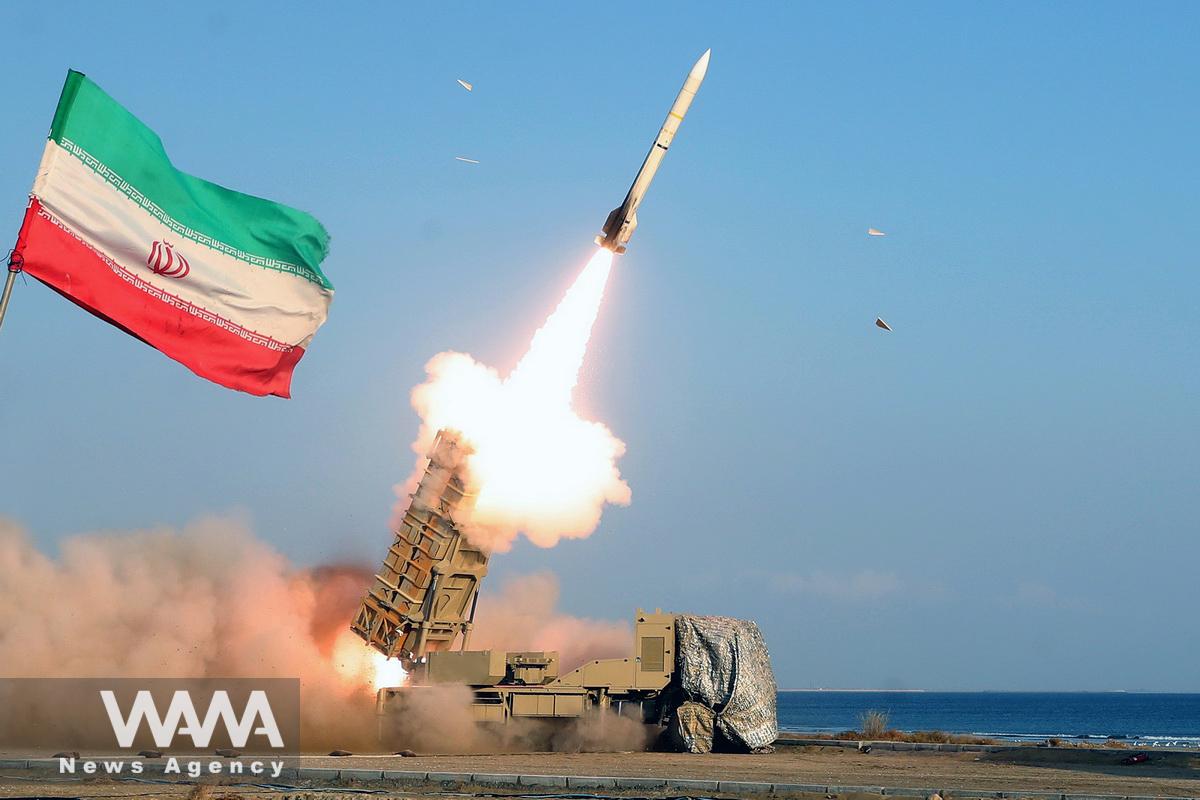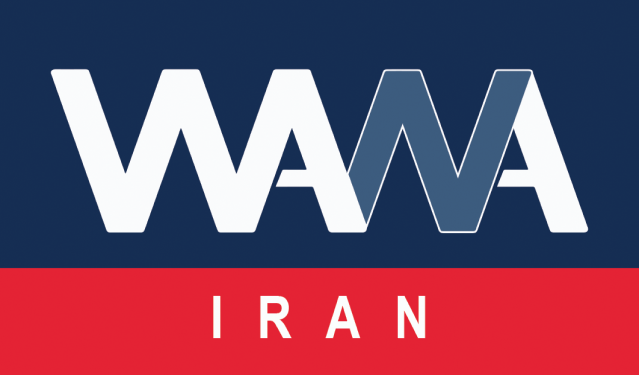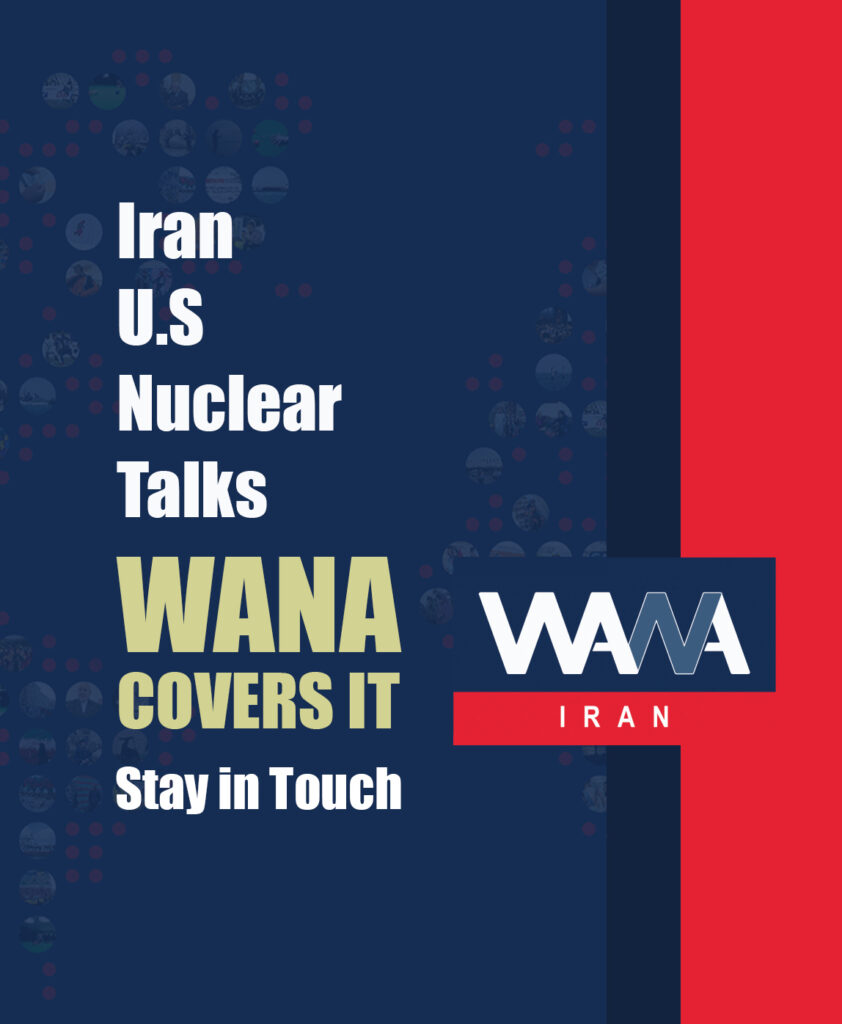Defense Drill or Preparation for Strike? Behind Iran’s Show of Force
WANA (Jan 08) – Iran’s recent military drill was not merely a training exercise but a clear and strategic message to regional and global adversaries. When Iran’s power is displayed across air, land, and sea, its message transcends geographic borders, signaling preparedness for a decisive future shaped by ongoing regional developments.
A Defense Drill Simulating Real Threats
The large-scale Iranian air defense drill near Natanz simulated heavy aerial bombardments, bunker-buster bombs, and cruise missile attacks. This military display comes as Israel and its allies closely monitor Iran’s movements with growing apprehension. Is this exercise just a military routine, or does it hint at the imminent execution of an operation akin to “Promise of Truth 3”?

IRGC’s Spokesperson: Israel’s Skies Are Defenseless Against Iran
WANA (Jan 06) – Speaking at a press conference this afternoon during the Great Prophet 19 military exercise, Brigadier General Ali Mohammad Naeini, spokesperson for Iran’s Islamic Revolutionary Guard Corps (IRGC), delivered strong warnings to Israel. He stated, “The enemy knows that the skies over the occupied territories are open and defenseless for us. We […]
Preparing for Escalating Threats
Forecasts for the near future indicate heightened tensions as Iran’s high-level uranium enrichment and diplomatic shifts unfold. Threats of military action from Israel, and even the U.S., have prompted Iran to project power beyond routine drills.
Additionally, the possibility of European nations activating the snapback mechanism and Iran responding by withdrawing from the NPT could pave the way for a turbulent future. The recent exercise serves as a response to these potential scenarios, emphasizing Iran’s readiness for any eventuality.
Iran’s Air Defense Systems at Power Drill
During the Great Prophet 19 exercise, various air defense systems, including Tabas, Raad, 3rd of Khordad, and Dezful, were displayed.#Iran #MilitaryExercise #Defense pic.twitter.com/zOWSMGuagn
— WANA News Agency (@WANAIran) January 7, 2025
Tying the Drill to “Promise of Truth 3”
Iran has previously confirmed the inevitability of launching “Promise of Truth 3,” an operation capable of altering regional security dynamics.
The recent air defense exercise not only strengthens Iran’s defensive capabilities but also prepares its forces to counter any Israeli reaction following this operation. In essence, the drill forms part of the groundwork for “Promise of Truth 3,” showcasing to adversaries that Iran is fully prepared for any response.

“The Great Prophet 19” Drill Highlights Iran’s Defensive and Security Readiness
WANA (Jan 08) – Brigadier General Mohammad Pakpour, commander of the IRGC Ground Forces, announced the commencement of the “Great Prophet 19” military drill, focusing on security in western Iran. The exercise is being conducted in the strategic highlands of Ezgeleh and Bamo near the Diyala Province border in Iraq. Speaking to reporters, he […]
Deterrence or Offensive Readiness?
The recent exercise was not solely about protecting surface-level facilities. It also conveyed a powerful message: a significant portion of Iran’s nuclear capabilities are deeply buried underground, beyond the reach of bunker-buster bombs. While this drill signals Iran’s deterrent strength, is deterrence the only agenda?
Recent developments suggest that Iran has moved past mere deterrence into an offensive phase. Operations “Promise of Truth 1” and “2,” along with Iran’s missile demonstrations, have placed Israel and even the UK on high alert. The Sunday Times recently acknowledged Britain’s inability to intercept Iran’s ballistic missiles. Now, the Great Prophet 19 drill showcases Iran’s evolving military capabilities, shattering its enemies’ illusions.
Field and Diplomacy: Two Sides of the Same Coin
This drill reflects Iran’s strategy of integrating military prowess with diplomacy. As Foreign Minister Abbas Araghchi has noted, the battlefield paves the way for diplomacy, while diplomacy transforms battlefield achievements into national pride.
During the commemoration of General Soleimani, Araghchi emphasized: “We draw strength from the resistance of our armed forces, and it is this resistance that allows peaceful nights.”

True Promise 3: Redefining Regional Dynamics or Empowering Enemies?
WANA (Dec 16) – The fall of Bashar al-Assad’s government and the domination of terrorist groups over Syria marks a dangerous turning point for the Axis of Resistance. For years, Syria served as a key link in this axis, and the Islamic Republic of Iran’s support for the legitimate government of Bashar al-Assad, alongside Hezbollah, […]
Prepared for Any Table: Negotiation or Combat
Through this drill, the Islamic Republic of Iran reiterates its readiness for both dialogue and confrontation. Adversaries must understand that any threat against Iran will be met with a decisive response. This exercise underscores Iran’s power, preparedness, and determination to safeguard its security and national interests.
The recent air defense drill serves as a bridge to a future likely shaped by “Promise of Truth 3” — a future where Iran’s military and diplomatic strength work in tandem to reshape regional and global dynamics.













